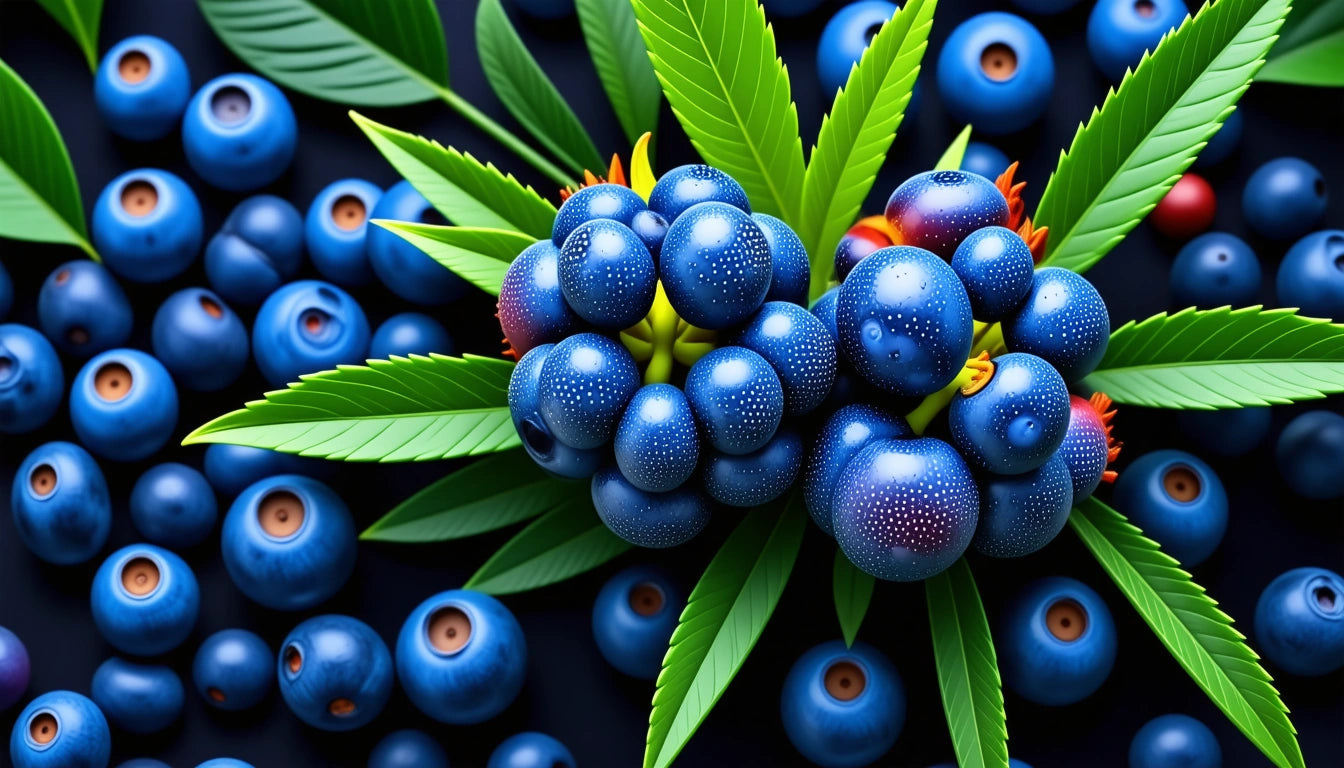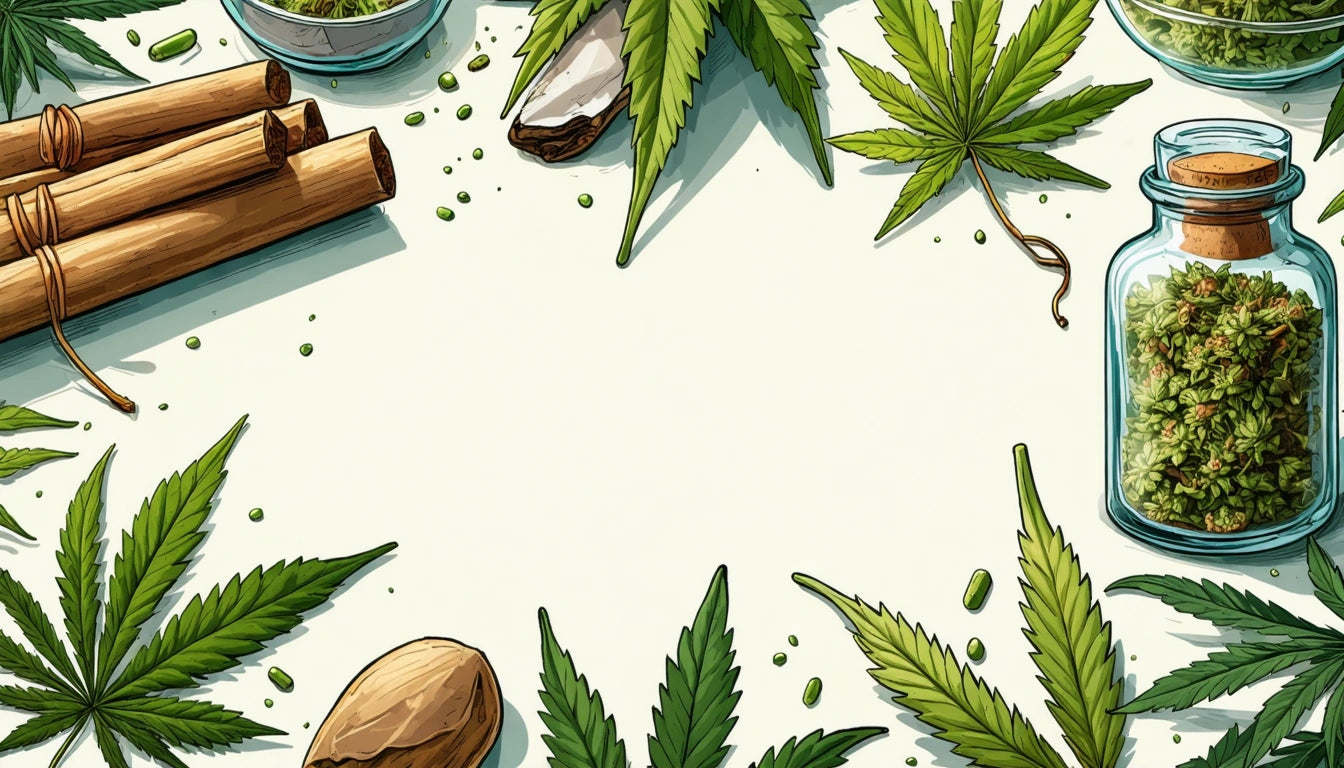Table of Contents
- Blue Dream Lineage and Classification
- Blueberry Origins and Indica Dominance
- Comparing Effects: Blue Dream vs Blueberry
- Terpene Profiles and Aroma Characteristics
- Growing Characteristics of Blue Dream and Blueberry
- Medical Applications and Therapeutic Benefits
- Beyond Indica and Sativa: The Future of Cannabis Classification
Is Blue Dream or Blueberry Strain Indica or Sativa?
Cannabis consumers often ask whether popular strains like Blue Dream and Blueberry are indica or sativa. These classifications help users anticipate effects and choose strains aligned with their desired experience. Understanding the genetic lineage and characteristics of these beloved berry-named varieties can guide both recreational users and medical patients toward informed decisions.
Blue Dream Lineage and Classification
Blue Dream is predominantly a sativa-dominant hybrid, typically with a 60% sativa and 40% indica ratio. This popular strain originated in California and was created by crossing Blueberry (indica) with Haze (sativa). The result is a balanced strain that offers the best of both worlds: the cerebral stimulation of sativa genetics with the physical relaxation of indica heritage.
According to cannabis classification experts, Blue Dream's sativa dominance is evident in its growth pattern, featuring taller plants with narrower leaves compared to pure indica varieties. When properly grown and cured, the buds typically display a lighter green coloration with amber pistils, characteristics commonly associated with sativa-leaning strains.
Blueberry Origins and Indica Dominance
Blueberry, on the other hand, is a classic indica-dominant strain, usually presenting an 80% indica to 20% sativa ratio. Developed by legendary breeder DJ Short in the 1970s, Blueberry's genetics stem from Thai and Purple Thai landrace strains crossed with an Afghani indica. This combination resulted in a strain that won the High Times Cannabis Cup in 2000 for Best Indica.
Blueberry cannabis varieties display classic indica characteristics: shorter, bushier plants with broader leaves and dense, resinous flowers that often develop purple and blue hues when exposed to cooler temperatures during flowering. The strain's indica dominance is unmistakable in both its physical structure and effects profile.
Comparing Effects: Blue Dream vs Blueberry
Blue Dream Effects
As a sativa-dominant hybrid, Blue Dream typically produces:
- Cerebral stimulation and enhanced creativity
- Moderate energy boost without anxiety
- Gentle body relaxation without sedation
- Balanced mood elevation
- Functional daytime relief
The balanced nature of Blue Dream makes it versatile for daytime or early evening use. Many consumers report productivity and focus with minimal sedation, aligning with its sativa-leaning classification.
Blueberry Effects
Reflecting its indica dominance, Blueberry commonly delivers:
- Deep physical relaxation
- Pronounced sedation, especially in higher doses
- Full-body calm and tension relief
- Mild euphoria with limited cerebral stimulation
- Potential sleep-inducing properties
Blueberry's effects clearly demonstrate why it's classified as an indica-dominant strain, making it more suitable for evening and nighttime use when relaxation and sleep are desired.
Terpene Profiles and Aroma Characteristics
The terpene profiles of these strains further reinforce their classification differences. For accurate measurement of these compounds, many cultivators use precision digital scales for dosing and analysis to ensure consistency in their products.
Blue Dream's terpene profile typically features:
- Myrcene: Providing earthy notes while contributing to relaxation
- Alpha-pinene: Offering alertness and respiratory benefits
- Limonene: Adding citrus notes and mood elevation
Blueberry's signature aroma comes from:
- Myrcene: In higher concentrations than Blue Dream, enhancing sedation
- Linalool: Contributing floral notes and anxiety reduction
- Caryophyllene: Adding spicy undertones and anti-inflammatory properties
These terpene differences help explain why two strains sharing berry-themed names can produce such different effects, supporting their respective indica and sativa classifications.
Growing Characteristics of Blue Dream and Blueberry
The growing patterns of these strains further confirm their genetic classifications. Understanding strain characteristics is essential for successful cultivation.
Blue Dream, true to its sativa dominance:
- Grows tall, often reaching 5-6 feet indoors
- Has longer flowering periods (9-10 weeks)
- Produces moderate to high yields
- Shows greater internodal spacing
- Demonstrates more stretch during flowering
Blueberry, reflecting indica genetics:
- Stays compact, typically 3-4 feet tall
- Flowers more quickly (7-9 weeks)
- Develops denser, heavier buds
- Shows purple coloration in cooler temperatures
- Has broader fan leaves and tighter node spacing
Medical Applications and Therapeutic Benefits
The indica or sativa classification of these strains influences their therapeutic applications. Popular strain characteristics often determine their medical uses.
Blue Dream's sativa-dominant profile makes it potentially beneficial for:
- Mild to moderate pain while maintaining functionality
- Depression and mood disorders
- Fatigue and lack of motivation
- Mild stress and anxiety (in appropriate doses)
- Focus issues and attention deficits
Blueberry's indica dominance suggests applications for:
- Chronic pain and inflammation
- Insomnia and sleep disorders
- Muscle spasms and tension
- Anxiety and stress (with sedation)
- Appetite stimulation
Beyond Indica and Sativa: The Future of Cannabis Classification
While Blue Dream is primarily sativa and Blueberry is predominantly indica, modern cannabis science is moving beyond these simple classifications. Recent research on cannabis varieties suggests that cannabinoid and terpene profiles may be more predictive of effects than the traditional indica/sativa dichotomy.
The cannabis industry is increasingly adopting chemotype-based classification systems that consider:
- Specific cannabinoid ratios (THC:CBD:CBG:CBN)
- Complete terpene profiles and concentrations
- Entourage effects from combined compounds
- Growing conditions and harvest timing
- Individual biological responses
This evolution in classification acknowledges that while Blue Dream is technically sativa-dominant and Blueberry is indica-dominant, individual phenotypes and growing conditions can significantly alter their effects. The future of cannabis may rely less on binary indica/sativa labels and more on comprehensive chemical analysis to predict user experiences.
Understanding whether Blue Dream is sativa or Blueberry is indica provides a starting point, but experienced consumers recognize that each harvest and phenotype offers unique properties beyond these traditional classifications.











Leave a comment
All comments are moderated before being published.
This site is protected by hCaptcha and the hCaptcha Privacy Policy and Terms of Service apply.